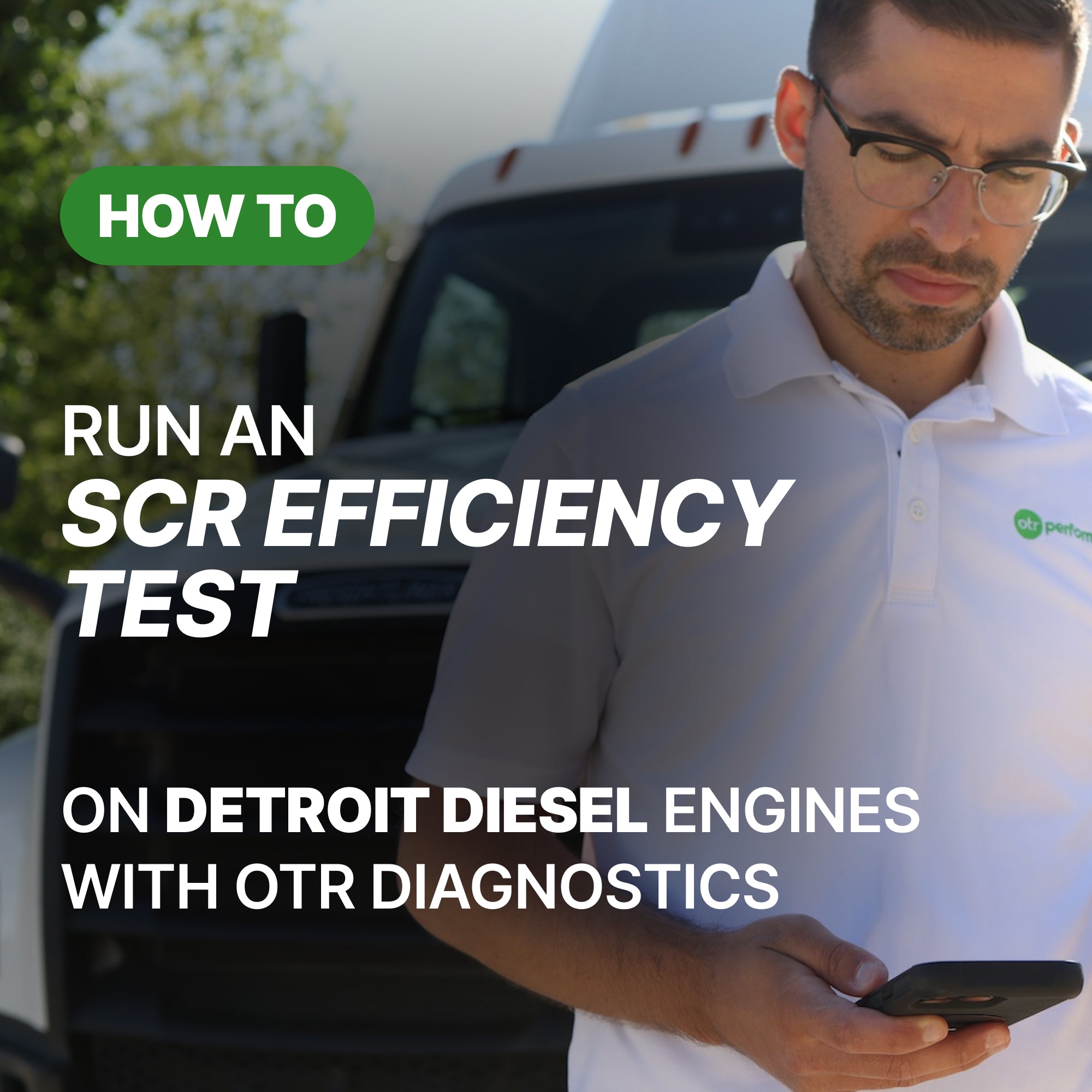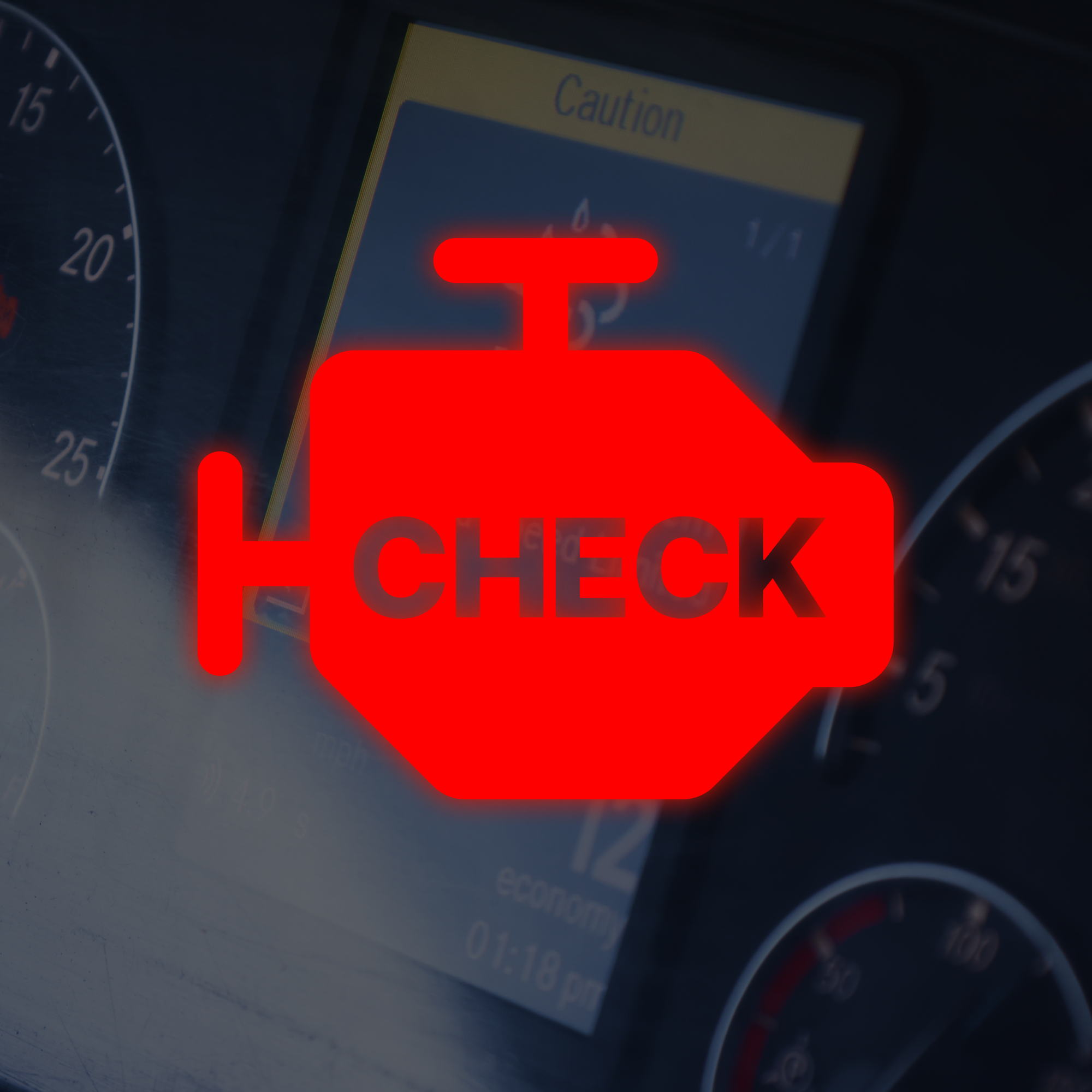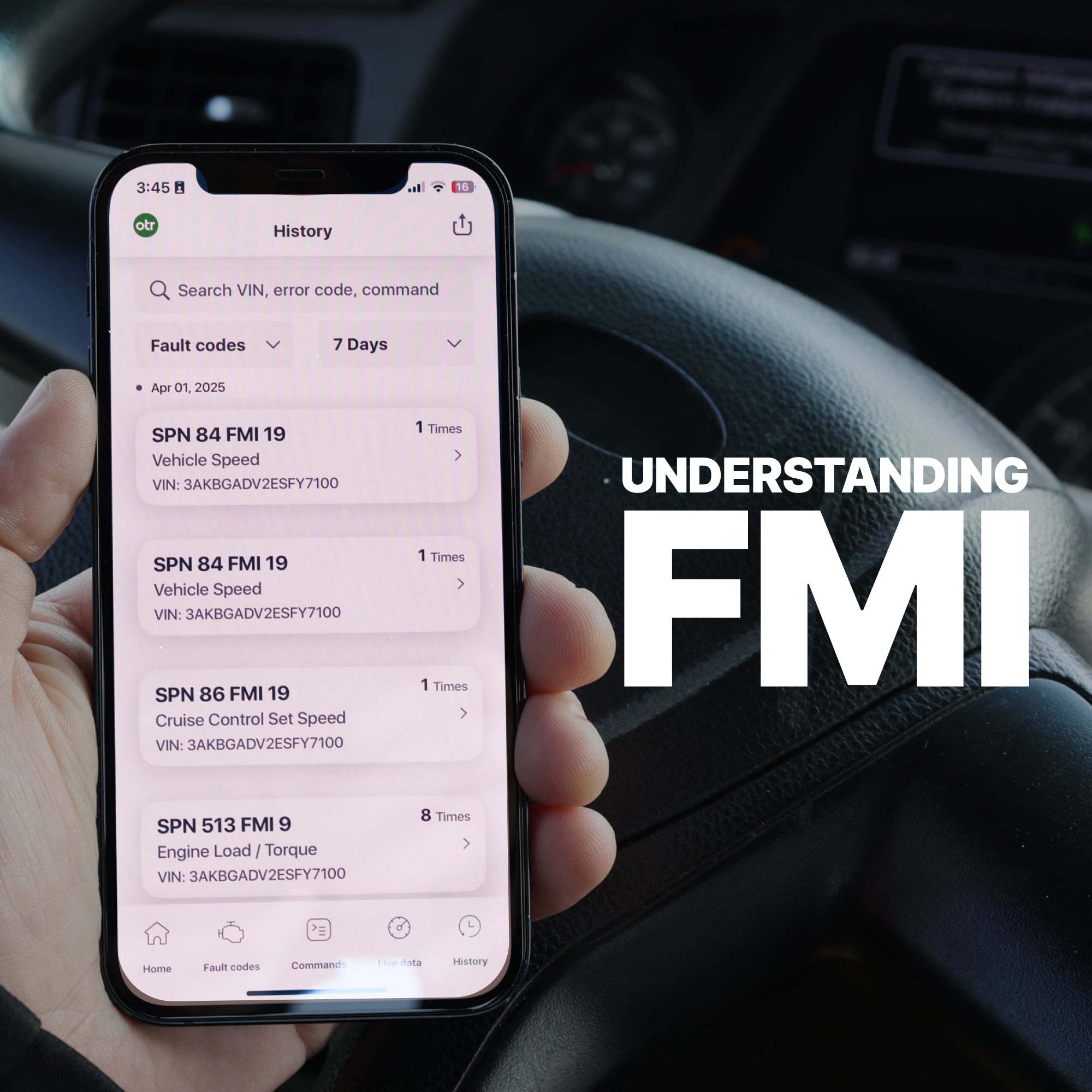Keywords
- DPF: Diesel Particulate Filter
- Bake: Process of cleaning soot out of DPF
- Soot Level: How much soot is calculated by the engine ECU or controllers
Benefits of cleaning your DPF filters
- Better MPG
- Better Throttle Response
- Less frequent Regenerations (Passive)
- Longer DPF Life
- Less Downtime
The DPF filter is a part of the emission system that helps trap the soot collected from your exhaust stream. The soot that is caused by the diesel engine is gathered from various sources. In order to meet emission standards, the DPF / SCR / EGR / VGT system was developed to reduce NOx Emissions.
How do you know that your DPF system needs to be cleaned?
Regenerations that are occurring more frequently is an indicator that your DPF filter is starting to get clogged.
A clogged DPF filter is also tied to your fuel mileage and can cause your truck to feel sluggish. Some trucks will allow you to see your soot level gauge, so this is something you can monitor.
What is the purpose of the EGR and how does it produce soot?
The core purpose of the EGR system is to reduce the NOx emission output. When the exhaust gas meets fresh air it creates the soot. It is a little more complicated than that but this should give you an idea that soot is mainly caused by a mixture of air in order to reduce NOx emissions. This is very important to know because if your DPF filter is full of soot or your truck is doing a regeneration often, then your EGR system could also be the cause of your DPF problem.
Common EGR problems that we have seen:
- EGR Valve stuck open
- Clogged up EGR Cooler
- Clogged up EGR Mixer (Venturi) Tube
Another issue could be your VGT Turbo, if you have one. Variable Geometry Turbochargers fail around 500,000-750,000 Miles. This turbo could be stuck open or closed and cause excessive soot.
Below are outlined some of the common questions we hear in regards to DPF cleaning.
How often should I bake or clean my DPF filter?
- This all depends on the application that the truck was driven. If the truck does only local runs and spends a lot of time idling then the DPF cleaning might need to happen more often. Cleaning your DPF system is preventative maintenance to prevent breakdowns and catch problems with DPF before they occur.
- Local or Excessive Idle: 30,000 - 100,000 Miles
- Long Haul (OTR): 150,000 - 175,000 Miles
How do I clean my DPF filter?
- Baking: An oven which uses heat to burn the soot out of the filter.
- Most common method
- Blast Cabinet: Uses compressed air and vacuum to deep clean.
- Do It Yourself (DIY) - Water: Pressure washing the DPF Filter. Uses hot water and spray evenly.
- Cheapest Solution
The main question that we get asked often is that, if the DPF is baked or washed out, does the soot levels need to be reset?
- Yes! The Engine ECM has various timers and various soot counters that memorize when the last time the regen occurred. If you clean the filters but do not reset the soot, then the fault codes for High Soot Levels will not clear. You have to reset these values at the dealer level in order to clear your fault codes.
The easiest way to reset the soot levels yourself is by using OTR Diagnostics or the OTR Reset Tool. Either of these products will reset the soot level in the engine ECM at the dealer level and allows you to be in control of your soot level fault codes.
 How to remove and install your DPF filter on 2008-2018 Volvo Truck with Volvo D13:
How to remove and install your DPF filter on 2008-2018 Volvo Truck with Volvo D13:
How to remove and install your DPF filter on a Kenworth Truck with Paccar MX13:
We hope this blog post was helpful and answered your DPF related questions!
Until next time! 👋
Stay safe, stay healthy & be blessed.




What to do if Your Volvo D13 is Stuck in 5 MPH Derate (3-Minute Read)
Paccar EGR Disabled triggered SPN 411 P1495 P1496 Explainer (3-minute read)